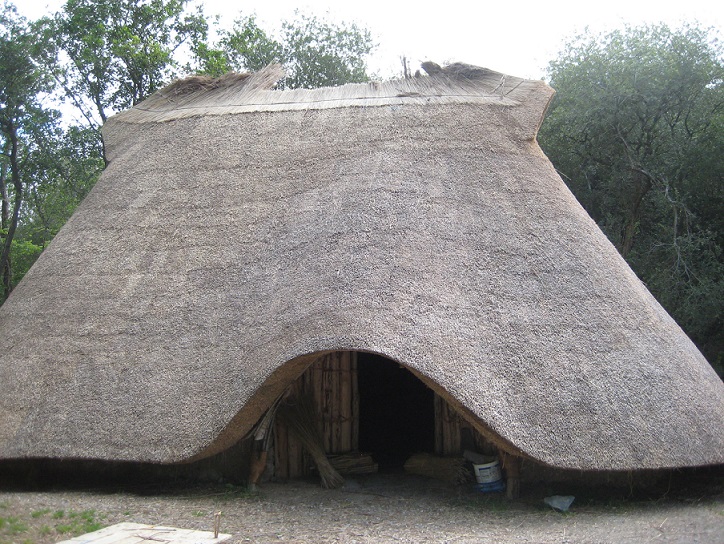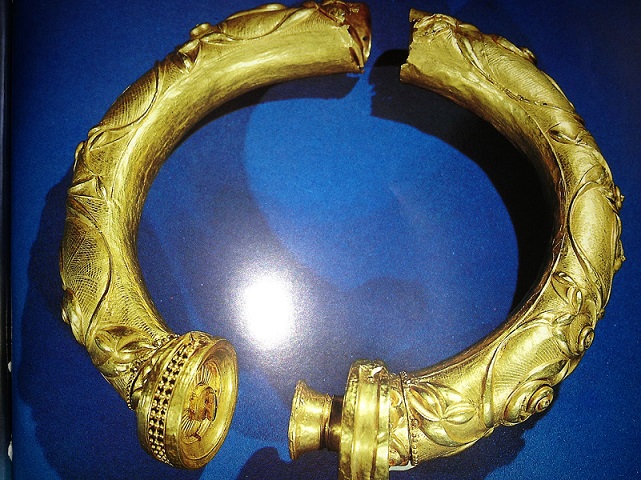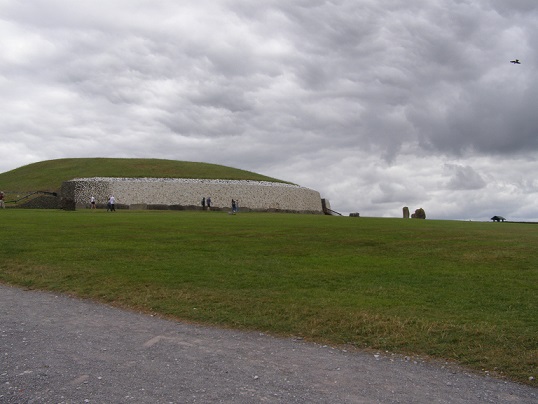A Brief History Of The Iron Age In Ireland
In Ireland the Iron age is reported to have began around the third century B.C. You take these dates with a pinch of salt. Some objects with the Celtic design were in Ireland at that time. An example would be the La Tene style which is abstract ornamental in style and quiet sophistication for the time compared to other European countries. Some stone monuments were decorated in the same style at various locations which proved that the art of the Celtic Irish was practised in Ireland and not just imported into Ireland as luxury goods. By early historical times the Celtic people of Ireland spoke a Celtic language and had a hierarchical social structure which was also the case for Celts in Europe. Tribal laws were set up at this time around Ireland. There were several different regeins scattered around the country who applied their own rules, petty for the most part. Divided into many units, led in battle by kings, the people lived mostly by agriculture. Wealth in cattle was especially important and the individual's legal standing was based on family relationships or dependency and society was stratified but not rigidly so. Traditional wisdom was preserved orally by learned men..
Battles were frequent and the process of grouping smaller units of men into larger overkingdoms was well under way and some of the areas of the larger groups such as Emain Macha in Armagh, Cuarchan in Roscommon and especially in Tara Co. Meath retained their prestige well into the historical period.
The Iron age in Ireland can be divided into two periods. The first being the centuries from the final bronze age until the end of the first century A.D. and the second being from the start of the second century A.D. until the establishment of Christianity during the late 4th century and start of the 5th centuries.
The essential characteristics of the first phase are the appearance of the Celtic La Tane style of decoration in Ireland from a number of stray finds and the construction of large hilltop enclosures such as Tara. An interesting feature of the Irish hill forts is the fact that they are often built on sites which had already being important in ancient times. Example, Tara contains a neolithic passage grave within it's main enclosure. The mound of the tomb was reused for an important series of burials in the earlier bronze age..

Crannógs, or dwellings on artificial islands in lakes were certinly occupied in the earlier part of the iron age. There's one in Lisacrogher, Co. Antrim which has a splendid series of engraved bronze scabbard plates.
Decoration on objects of the iron age follows a familiar pattern in Ireland, the art style is introduced but is executed in a modified highly characteristic Irish style.
Two very early gold ornaments in the Le Tene are known. Both are collars made of hollow tubing. One is from Clonmacnoise in Offaly, dates back to the 3rd century B.C. it is modelled in imitation of a fairly common European form of pennannular collar with buffer terminals. The second is a gold coller from the 1st century B.C. from Broighter Co. Derry, found in a hoard with among other items, a gold boat, boal and decorative chain.
Stone carving is represented by a small number of decorated monoliths in the Le Tene style. They are distantly related to examples in Brittany. The finest example of this stone is The Turoe Stone in Co. Galway..

The above piece known as a ''Gold Collar'' was found by a farmer while ploughing a field in Broighter, Co. Derry Ireland and dates from the 1st century B.C. The diameter is 19.4cm [ 7.6 inches] .
The second part of the iron age is the time roughly extending from The Roman invasion of Britain to the introduction of Christianity into Ireland. Ireland was not invaded by The Roman Empire [ Most likely because word was out over Europe about the Irish being ''A Fighting Stock''] but trade existed between Ireland and Britain , a scattering of Roman coins, pottery and such appears at an early stage. Refugees from Britain settled in Ireland at this time. A 1st century A.D. cemetery on Lambay Island off the Dublin Coast contained exotic British material.
Later in the 3rd and 4th centuries raiders as the Roman empire weakened raiders from Ireland invaded Britain and took goods and slaves. [So The Irish Invaded Britain First ?] By the end of this period , Irish colonies were established along the Western parts of Britain inside the Roman Provence of Wales. It has being said that the Irish Chieftains had being bribed with official honours to stay away from Britain in their times of difficulty. Large hoards of silver were found in Ballinrees Co. Derry and ingots of Gaulish origin was found in Balline Co. Limerick. Some say this is evidence that the Irish were bribed by The Romans, we'll never know.
It was at this time The Ring Fort or ''Rath'' which was a circular embanked homestead became the most popular form of dwelling for the well-to-do. This kind of home stayed in use throughout the early historic and into the Medieval Period in Ireland. 30,000 of these dwellings survived in Ireland until the early 19th century. Many still exist today but are being destroyed at an increasing rate as a result of modern development. They were made of common earth banks sometimes revetted using stone and vary in size from small to 30m in diameters.
